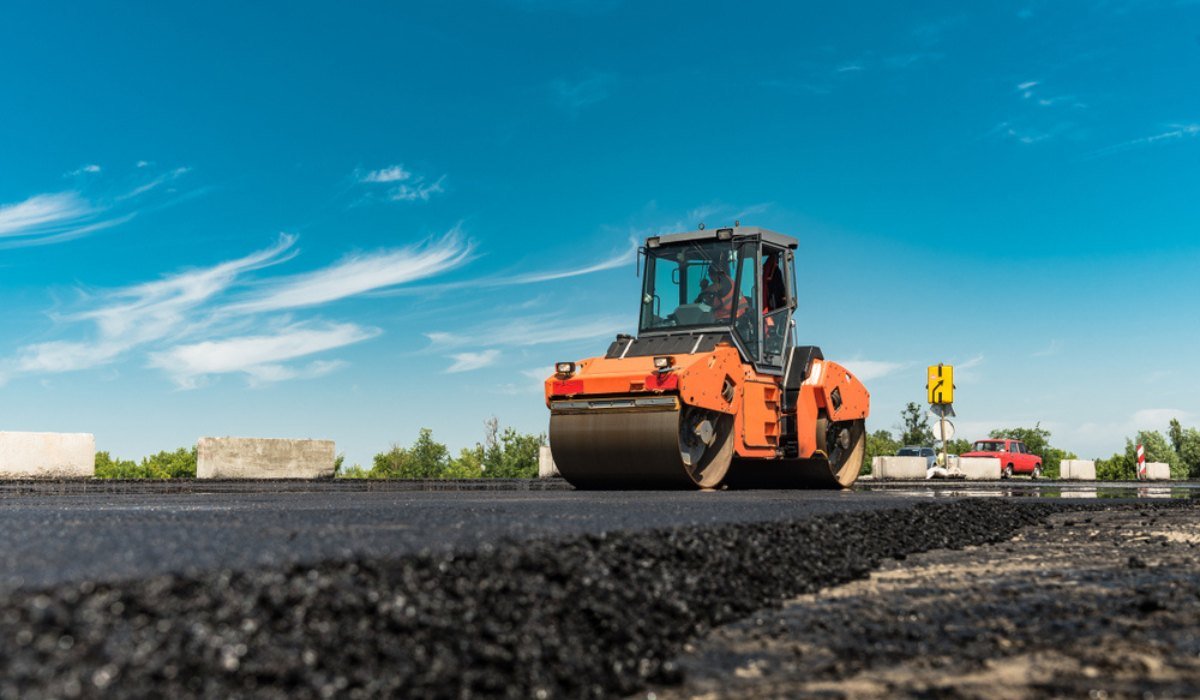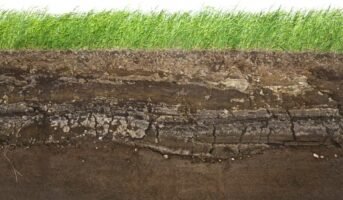One of the most noticeable construction equipment is the road roller or compaction roller. They are primarily used to prepare or complete foundations and are not utilised on as many projects. Nevertheless, just like dozers, heavy equipment, skid steers, or any other part of construction equipment, a road roller continues to be an important component of numerous road building and residential construction projects. Read on to learn more about types of road rollers and their applications.
Road roller: Types
Following are some primary types of road rollers.
Single drum road rollers
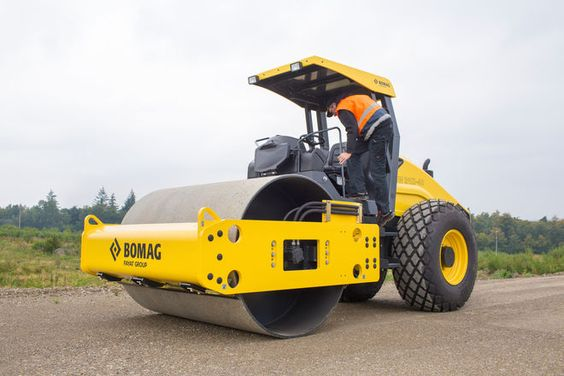
Source: Pinterest
Wheels are located at the back of single-drum compaction rollers, which have a single large roller drum at the front. A roller machine’s wheels are specially made to be puncture-resistant and provide good traction on level ground. This machine has good mobility and traction thanks to the back wheels. Due to the fact that it only has one drum up front, it can move very quickly.
Even though single drum rollers are frequently smaller than double drum rollers, they can be used on smaller projects and in confined spaces. Ground levelling and preparation work are frequently done with single drum rollers in construction. They are common pieces of equipment for paving residential and commercial roads as well as for laying foundations.
Double drum road roller
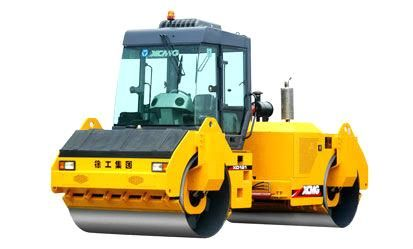
Source: Pinterest
A double drum roller is, as the name implies, an operator’s cab with rollers connected to it. A double drum road roller lacks conventional wheels. When finishing projects, this roller tends to leave a flat finish both in front and behind. The second drum significantly increases the machine’s weight, which aids in compacting the soil, dirt, or other material it travels over.
There is a drawback to using a double drum. The lack of rubber-tracked tyres leaves this machine with virtually no traction. It should only be employed on even or very incremental slopes because it wasn’t designed for specialised work. The double drum, however, is incredibly potent. It performs twice as much work with two drums as it does with one. This machine is ideal for heavy-duty tasks like laying asphalt for main roads due to its efficiency and power.
Sheepsfoot or Padfoot road rollers
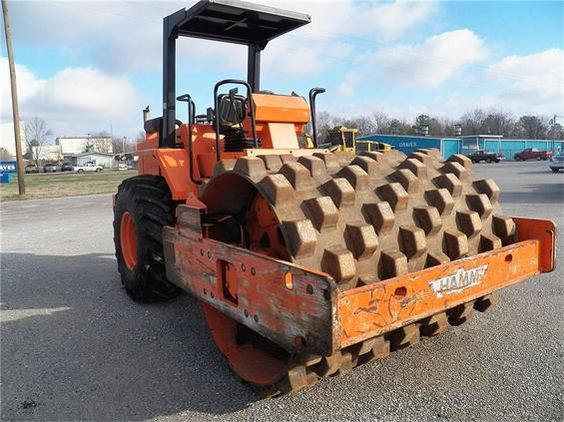
Source: Pinterest
Although the majority of road rollers are smooth, there is one specific type that is not. A Padfoot or sheep foot road roller has several components that protrude from the roller, forming a pattern of compression points that resembles a checkerboard. Compared to smooth drums, the additional space to push down helps and supports compact soil and dirt. When pressure is applied, it helps to prevent soil from shifting, ensuring that the material is effectively pressed down and together. Padfoot rollers are preferred over smooth drum rollers for compacting fine-grained soil or fortifying fountains at a higher level.
Vibration road roller
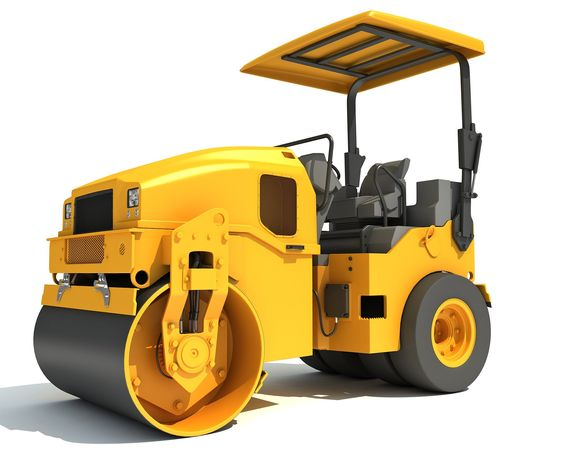
Source: Pinterest
Traditionally, rollers use weight to forcefully push soil, dirt, and other particles together. Vibrating road rollers aid in this process by “shaking” the particles together to make them more tightly fit and intensely compressed.
Imagine you are attempting to pack nails into a box. Some of them might shift into a stronger place if you simply push them off and slam the lid shut, allowing you to close the box. The nails will, however, move and effortlessly fall into one another if you shake them around. The box should effortlessly close in the ideal situation. This technology is applied by a vibration roller to assist in building stronger, more stable foundations.
Buying a road roller: Things to consider
Due to the variety of road rollers available on the market, construction companies may find it difficult to select the best one for their project. However, a construction company can choose the right kind of road roller if it knows how to analyse its construction needs. The following are some things that should be taken into account when selecting the best road roller for the job:
The type of engine
You should check whether the road roller has a water-cooled or air-cooled engine before making a purchase. Even though there aren’t many parts to maintain on air-cooled engines, these engines still require routine maintenance, particularly if the project is located in a hot, dusty environment. It is advisable to check for any harm and excess oil consumption from the oil pressure gauge when purchasing a used road wheel with air-cooled engines because these could indicate system problems. The search for a water-cooled engine should include a confirmation of any fluid leaks. The machine should not be used if the motor, valve covers, or head have cracks.
Engine output and emissions
The power produced by the engine and its compaction process power is referred to as the road roller’s engine power. Due to the two drums, double drums have an additional benefit in this regard. Although single-drum road rollers are also powerful, moving heavy equipment like double-drum rollers requires more engine power. Powerful engines produce more efficiency. But when choosing a construction machine, power isn’t the only factor to take into account.
The emission standard of a road roller is another consideration. Many governments today place a strong emphasis on lowering emissions and protecting the environment. Construction companies can switch to road rollers that are constructed to higher emission standards to help reduce pollution. In addition, they can combine diesel and HVO fuel to reduce the number of greenhouse gases the road roller emits.
Dimensions and drum width
There are various sizes for both the drums and the road rollers. You should think about what will serve its purpose the best before choosing a road roller. Site location, soil type, and size of the project are important considerations when deciding which drum size to use. The weight and size of a modest road roller drum are suitable for various soil types and can function well in small spaces. However, buying the “7-ton drum, class 67″ with a road roller can be advantageous for road construction in parking lots, banks, and building establishments. Large road rollers with 84” wide drums may be needed for more demanding projects like building highways, airports, dams, reservoirs, and large commercial sites.
Compaction effectiveness
Any construction project needs a solid foundation, which is frequently determined by the road roller’s compaction capabilities. A company should determine the type of soil to be compacted—granular (soil, rock, or sand) or firm (thick/tacky)—before considering a road roller compaction effectiveness. For proper compaction, road rollers operate in two vibration modes. These are abundance, which refers to the drum’s upward development, which determines its power, and recurrence, which refers to the frequency with which the shaft pivots within the drum.Higher recurrence is better for a company working in softer soil and sand, while lower recurrence is better for a company working in firmer soil.
FAQs
What does a road roller accomplish?
A contruction device known as a road roller or compactor is frequently used to compact soil, gravel, concrete, asphalt, or other materials during the construction of roads, airport or port foundations, landfills, or agriculture.
What components does a road roller have?
Basic components of rollers include a diesel engine, a canopy to shield the operator, drums—which may be either vibratory smooth drums or static smooth drums—tires, a compaction metre to gauge the degree of compaction, and a water system. The construction industry is known for its use of road rollers.
| Got any questions or point of view on our article? We would love to hear from you.
Write to our Editor-in-Chief Jhumur Ghosh at [email protected] |
Housing News Desk is the news desk of leading online real estate portal, Housing.com. Housing News Desk focuses on a variety of topics such as real estate laws, taxes, current news, property trends, home loans, rentals, décor, green homes, home improvement, etc. The main objective of the news desk, is to cover the real estate sector from the perspective of providing information that is useful to the end-user.
Facebook: https://www.facebook.com/housing.com/
Twitter: https://twitter.com/Housing
Email: [email protected]
